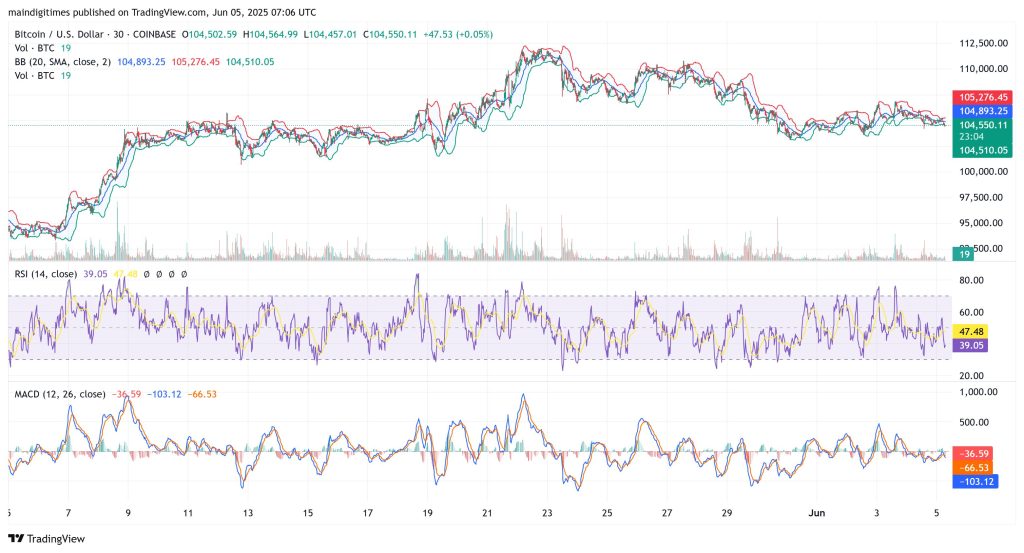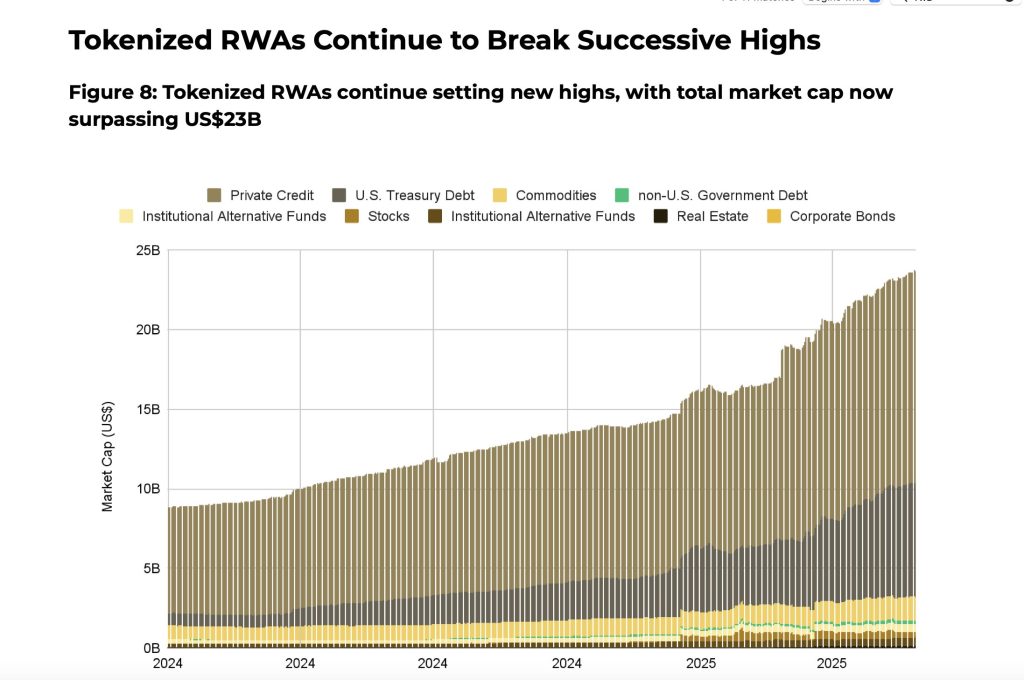A U.S. Citizenship and Immigration Services (USCIS), district office in New York City. A government … [+]
Getty Images
A government report shows the notion that H-1B visa holders are “cheap labor” is a myth, with the average salary for H-1B professionals in computer-related occupations reaching nearly $130,000 a year. The information contained in a recent U.S. Citizenship and Immigration Services (USCIS) report is unlikely to silence critics, even though asserting H-1B visa holders earn low salaries has been the standard argument against the admission of foreign-born scientists and engineers.
H-1B Visa Holders Earn High Salaries
The average annual salary for an H-1B visa holder in computer-related occupations in 2022 was $129,000, according to the Characteristics of H-1B Specialty Occupation Workers, Fiscal Year 2022 Annual Report to Congress published by USCIS. The median salary for H-1B professionals in computer-related occupations was $123,000 in 2022.
“The USCIS data show H-1B visa holders are paid high salaries, and it contradicts the idea that these are low-skilled people since employers would not pay people with low skills such high salaries,” said Mark Regets, a labor economist and senior fellow at the National Foundation for American Policy (NFAP).
Regets notes these salaries do not include the substantial fees employers must pay when employing foreign-born scientists and engineers. NFAP estimates a company could spend up to $31,800 in government and legal costs to file an initial H-1B petition (for three years) and an extension for three additional years. Sponsoring an individual for permanent residence can add $10,000 to $15,000 or more.
The median salary for H-1B professionals in computer-related occupations increased by 26% between 2018 and 2022, and the average salary rose by 23%. At the current pace, the average salary for H-1B visa holders in computer-related occupations could reach about $200,000 a year within a decade.
Research: H-1B Visa Holders Paid Comparable Or Higher Salaries Than U.S. Counterparts
Under the law, to gain approval of an H-1B petition, an employer must pay “at least- (I) the actual wage level paid by the employer to all other individuals with similar experience and qualifications for the specific employment in question, or (II) the prevailing wage level for the occupational classification in the area of employment, whichever is greater.”
Several economists have examined the topic and have concluded that H-1B visa holders earn the same or more than comparable U.S. professionals:
– An analysis by Glassdoor found, “Across the 10 cities and roughly 100 jobs we examined, salaries for foreign H-1B workers are about 2.8% higher than comparable U.S. salaries on Glassdoor.”
– After examining the skills and compensation of over 50,000 IT professionals in the United States, University of Maryland researchers Sunil Mithas and Henry C. Lucas, Jr. wrote, “[C]ontrary to popular belief, non-U.S. citizen IT professionals are not paid less compared to American IT professionals.”
– A paper for IZA by economists Magnus Lofstrom and Joseph Hayes with the Public Policy Institute of California concluded, “The data indicate that H-1Bs are younger and more skilled, as measured by education, than U.S.-born workers in the same occupations. We fail to find support for the notion that H-1Bs are paid less that observationally similar U.S.-born workers; in fact, they appear to have higher earnings in some key STEM occupations, including information technology.”
– The Government Accountability Office (GAO) found in electrical/electronics engineering occupations (age group 20-39) the median salary for an engineer in H-1B status was $5,000 higher than for a U.S. engineer.
– In a May 2020 NFAP study, University of North Florida economics professor Madeline Zavodny found, “[T]he evidence points to the presence of H-1B visa holders being associated with lower unemployment rates and faster earnings growth among college graduates, including recent college graduates.”
Because H-1B visa holders are new to the labor market and often recent college graduates, analysts note a less than forthright argument some critics make is that H-1B professionals should be paid the median wage for all people in an area in that occupation, without regard to experience level. This argument appears to reflect a desire to price H-1B visa holders out of the labor market by discarding normal workplace hiring practices. Plaintiffs noted this when the Trump administration attempted to enact a similar policy in a Department of Labor regulation that courts struck down.
It is well known that employers consider experience level when setting salaries. According to USCIS, 43% of H-1B visa holders approved for initial employment were age 29 or under in 2022, and 72% were 34 or younger.
As noted, even though the data show H-1B professionals overall are paid well and not less than their comparable U.S. counterparts, the Department of Labor every year finds some H-1B visa holders have been underpaid, and some companies have violated the law. However, analysts point out, it appears those who assert companies employ H-1B visa holders because they are “cheap labor” hope to diminish the talent of H-1B professionals or, in some cases, even devalue them as people in the eyes of others.
Many H-1B Visa Holders Change Jobs
In FY 2022, 123,888 H-1B petitions were approved for H-1B visa holders to change to a new employer. Such a large number raises doubts about assertions that H-1B professionals are “indentured servants.” The challenge for H-1B professionals waiting years for their green cards is that changing employers could create the need to have a new employer file for a green card, thereby starting an individual’s wait again. H-1B portability rules passed by Congress were supposed to prevent those circumstances.
The problem would be solved by eliminating the per-country limit, which primarily affects immigrant applicants from India and China, and increasing the employment-based green card limit. Exemptions from the annual limit on green cards for foreign nationals with a master’s degree or Ph.D. in science and engineering fields would be law—and have ended the long waits for many green card applicants—if Sen. Charles Grassley (R-IA) had not blocked the measures from being included in the CHIPS and Science Act in 2022. The House of Representatives had passed those exemptions as part of the bill.
H-1B Visa Holders Have High Levels Of Education
In FY 2021, 66% of approved H-1B beneficiaries earned a master’s degree or higher, according to USCIS. (Education levels for FY 2022 contained incomplete data.) The high levels of education are another indication that H-1B visa holders represent highly skilled professionals whose skills are sought in the United States and other countries.
Many H-1B Professionals Were International Students
In 2022, 57,938 students in F-1 status (or F-2 if a spouse or child) were approved for an H-1B petition for new employment via a change of status, or approximately 44% of approved petitions for initial employment. That does not include international students who obtained H-1B status through consular processing. Over 5,000 spouses or children of H-1B professionals, approximately 4,300 exchange visitors and 3,038 individuals in L-1 status also were approved for an H-1B petition via change of status inside the United States in 2022.
Requests For Evidence Plummeted After USCIS Settled Lawsuit
In FY 2020, during the Trump administration, approximately 29% of H-1B petitions that USCIS adjudicated had a time-consuming Request for Evidence. After a successful lawsuit in 2020 against USCIS and a legal settlement, that number declined to about 10% by FY 2022.
Premium Processing
In FY 2022, employers requested premium processing for 75% of approved H-1B petitions for continuing employment and 53% for initial employment. Premium processing costs $2,500 and generally guarantees processing within 15 calendar days under current UCSIS guidelines. That so many employers pay the additional fee reflects the importance of the workers and the length of processing times.
An H-1B visa is typically the only way a high-skilled foreign national, including an international student, can work in the United States long term. A 2022 NFAP study found 55% of America’s startup companies valued at $1 billion or more had at least one immigrant founder, and almost 80% have an immigrant founder or an immigrant in a leadership role, such as CEO or vice president of engineering. The vast majority of those individuals, including international students, needed H-1B status and an employment-based green card to work in the United States.
Credit: Source link










